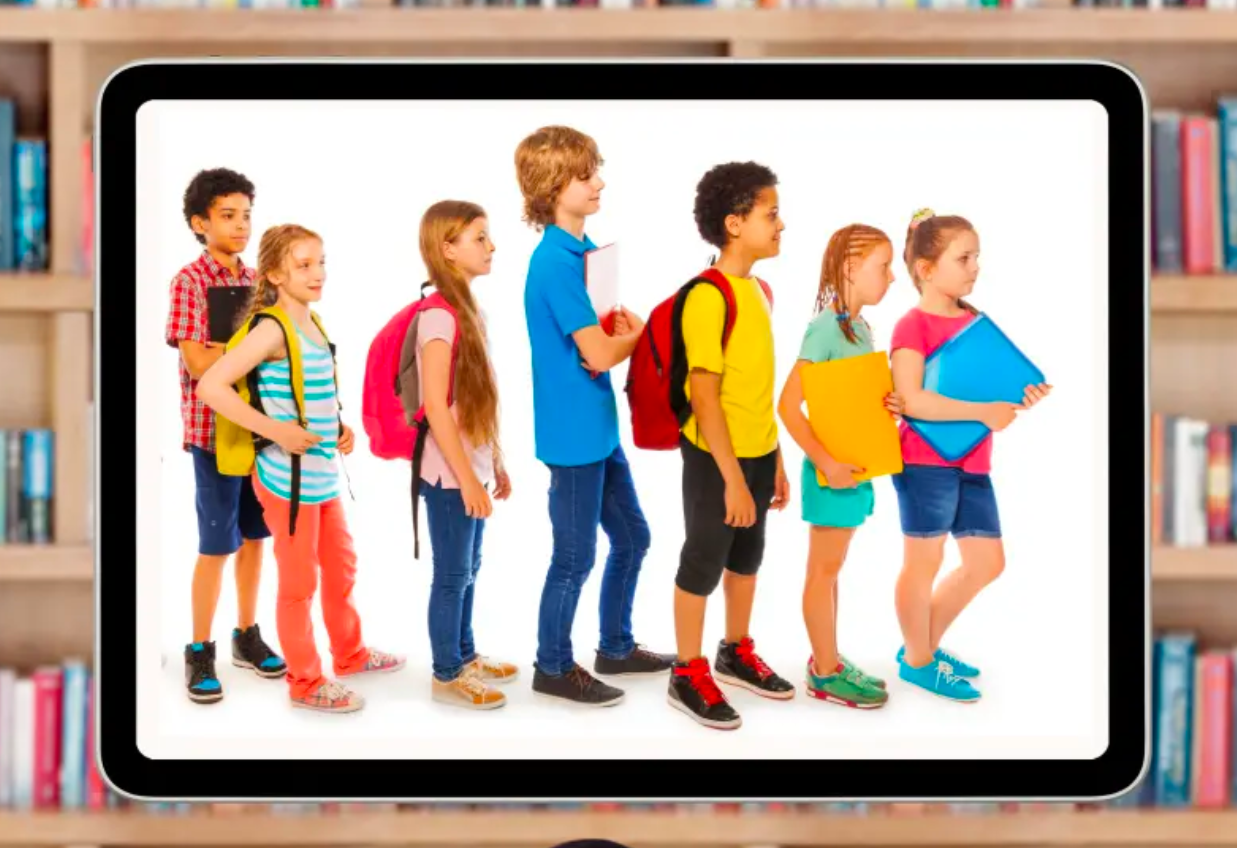Video Modeling and Use in Occupational Therapy Process
What is video modeling? Video modeling (VM) is a mode of teaching that uses video recording and display equipment to provide a visual model of the targeted behaviors or skills (Reeve, 2020).
There are four main types of visual modeling:
· Basic video modeling,
· Video self-modeling
· Point of view modeling
· Video prompting.
Basic video modeling is when you have a peer or adult perform the activity as desired. The individual watches the video and mimics the task (Reeve, 2020). In video self-modeling, you use the individual as the model in the video. In this method, you record the individual performing the task, then they watch themselves perform the task as modeled. With this model, you can edit the video to only show the successful completion of the task. This is the most used type of video modeling (Reeve, 2020). In point of view modeling, you show the individual completing the task through their point of view. This can be done by having a camera strapped to their head recording while they perform the task (Reeve, 2020). Video promoting is when the video is being used as a prompt for each step when performing the task. This can be useful when completing activities of daily living tasks such as brushing teeth by breaking down the activity into steps while performing the task (Reeve, 2020). These videos can involve all members of the family members performing a task and then displayed to the child. Videos can also be made easier with all the advances in technology these days.
Effectiveness Of Video Modeling
Video modeling has shown success with teaching new skills or relearning skills to children diagnosed with Autism Spectrum Disorders (ASD). Although the research has been for children with ASD, video modeling can be highly effective with children that have other diagnoses. Video modeling can be used to help promote a child’s confidence in performing a certain task. When a child is struggling to learn a new skill, the child may become unmotivated and frustrated with not being able to complete the task. With video modeling, you can use multiple videos over a period to show the child of their success with the desired task. This can cause the child to have an increased sense of self-worth by being able to see their effort is paying off. Also, with the increased amount of screen time over the past few years, the video model can be presented in a way that may engage the child in the task versus traditional verbal or visual prompting (Shipley-Benamou, Lutzker, & Taubman, 2002).
Use of video modeling with Occupational Therapy
Video modeling can be used as a very effective tool to help promote success with your child when used in conjunction with your occupational therapy provider (OTP). OTPs are trained to break down difficult tasks into steps to help a child achieve their goals. Working with your OTP, they can use video modeling for a variety of tasks such as fine motor, gross motor, social skills training, and activities of daily living (ADLs). Fine motor skills are used to describe the skills and activities that need coordination of our small muscles to make precise movements including writing, speaking, catching, and cutting (N., 2015). Gross motor skills are the skills and activities using the large muscles to move our limbs and trunk. These muscles control balance, posture and include walking, running and waving arms (N., 2015). Activities of daily living are everyday routines generally involving functional mobility and personal care, such as bathing, dressing, toileting, and meal preparation (Farlex, 2012). To give some examples, your OTP may record a video of themselves performing an obstacle course and then display it to their patient to help develop motor planning using their gross motor skills. Your OTP may use the video prompting method to break down each step of toothbrushing; with the use of this technique, the task can be replayed over and over until the child has mastered the step before moving onto the next step. The video model method can also be used to perform various tasks in different environments such as home, school, and out in the community. Consult and discuss with your OTP if a video model can be an effective technique to help your child achieve their goals!
Sources:
Activities of daily living. (n.d.) Farlex Partner Medical Dictionary. (2012). Retrieved June 18 2021 from https://medical-dictionary.thefreedictionary.com/activities+of+daily+living
Bidwell, M. A., & Rehfeldt, R. A. (2004). Using video modeling to teach a domestic skill with an embedded social skill to adults with severe mental retardation. Behavioral Intervention, 19, 263-274.
Corbett, B.A. & Abdullah, M. (2005) Video Modeling: Why Does It Work for Children with Autism? Journal of Early and Intensive Behavior Intervention, 2, 2-8.
N., Pam M.S., “GROSS MOTOR,” in PsychologyDictionary.org, May 11, 2013, https://psychologydictionary.org/gross-motor/ (accessed June 18, 2021).
N., Pam M.S., “FINE MOTOR,” in PsychologyDictionary.org, May 11, 2013, https://psychologydictionary.org/fine-motor/ (accessed June 18, 2021).
Reeve, C. (2020, March 9). Video Modeling: What Is It and Why Use It? Autism Classroom Resources. https://autismclassroomresources.com/video-modeling-what-is-it-and-why-use-i/. Shipley-Benamou, R., Lutzker, J. R., & Taubman, M. (2002). Teaching daily living skills to children with autism through instructional video modeling. Journal of Positive Behavior Interventions, 4, 166-177.


